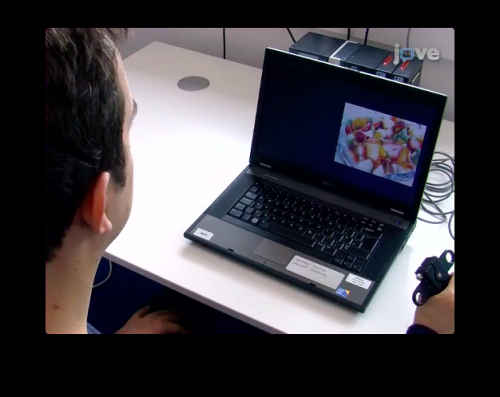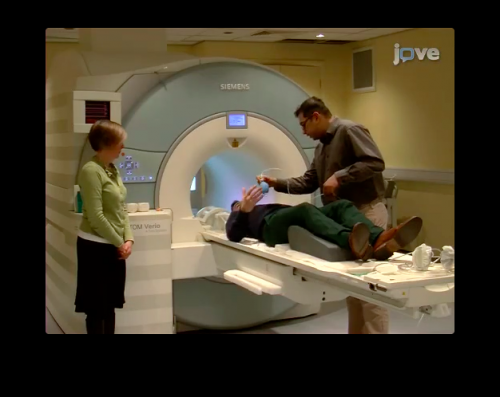Understanding binge eating and obesity

Researchers at the University of Cambridge have developed a novel method for evaluating the treatment of obesity-related food behavior. In an effort to further scientific understanding of the underlying problem, they have published the first peer-reviewed video of their technique in JoVE, the Journal of Visualized Experiments.
In the video, the authors demonstrate their means of objectively studying the drivers and mechanisms of overconsumption in humans. To do this, they assesses their subject's willingness to work or pay for food, and they simultaneously track the corresponding brain activity using an MRI scanner.
"We present alternative ways of exploring attitudes to food by using indirect, objective measures—such as measuring the amount of energy exerted to obtain or view different foods, as well as determining brain responses during the anticipation and consumption of desirable foods," said the lab's principal investigator, Dr. Paul Fletcher. He and his colleagues use participant hand-grip intensity (referred to as "grip force" in the video) to calculate the motivation for a given food reward.
According to Dr. Fletcher, typical approaches for evaluating anti-obesity type drugs rely on more subjective methods—like having test subjects self-report their ratings of hunger and cravings.
"When a person is asked how much they subjectively desire a food, they may feel pressured to give a 'correct' rather than a true answer," said Dr. Fletcher, "[Our] grip force task may, under certain circumstances, present a more accurate reflection of what they really want."
Dr. Fletcher and his colleagues brought the technique to JoVE after using it in their earlier publication, "Food images engage subliminal motivation to seek food," published in 2011. They decided to publish a video capturing the protocol "Because it offered the opportunity to demonstrate the methods more fully," he said.

In the video, Dr. Fletcher expands on the purpose of publishing the method with JoVE. "Individuals new to the technique may struggle because there aren't many examples of grip-force tasks published in the literature, and there are no full and clear descriptions of how to design and set up the tasks," he said.
With rising concerns surrounding obesity, researchers can use the technique presented in the JoVE video to determine the efficacy of a potential emerging market in anti-obesity medicine.



















